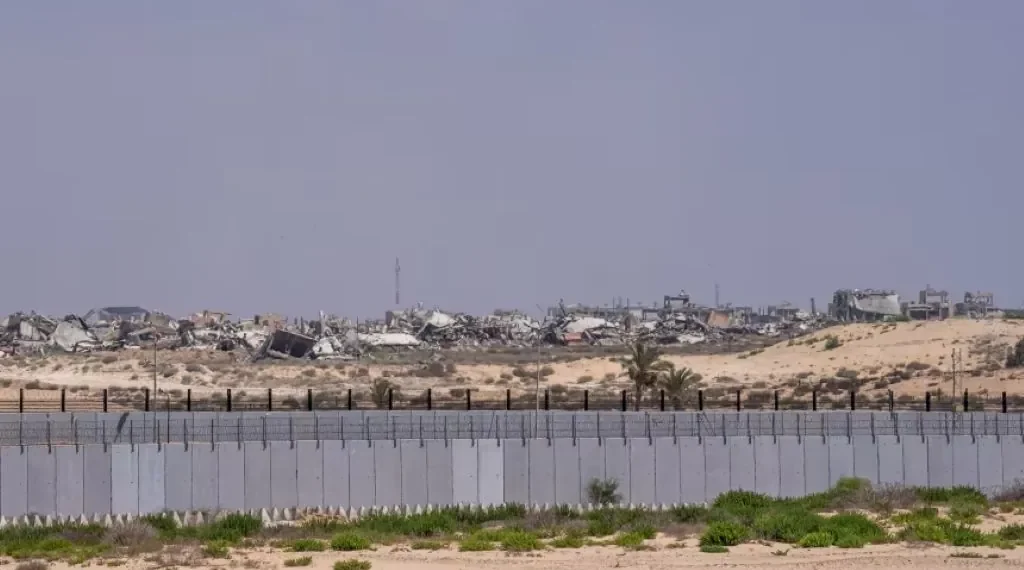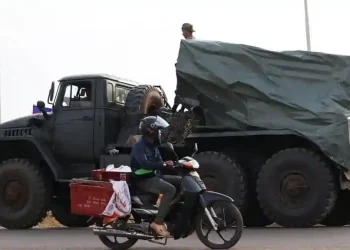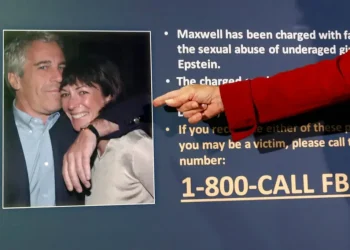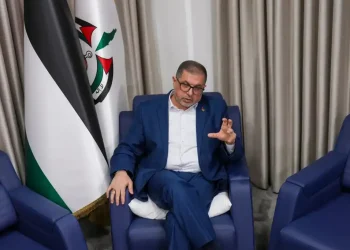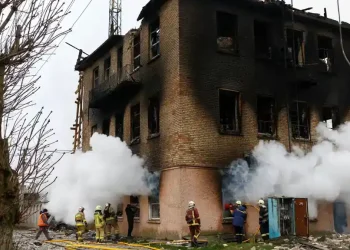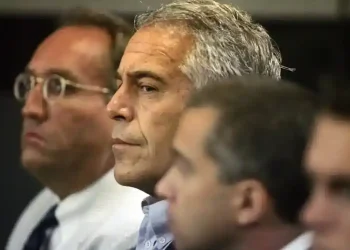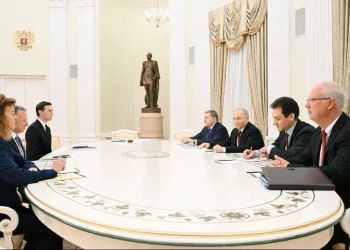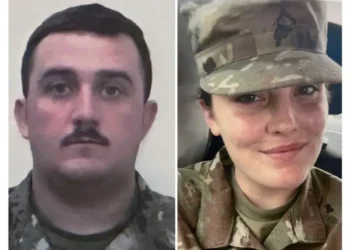Israel says its forces came under attack from Hamas militants in southern Gaza, marking the first major test of the ceasefire agreed earlier this month. The confrontation in Rafah has sparked concern that the fragile truce could unravel just days after it took effect.
Israeli Forces Report Attack in Rafah
Israeli officials said Sunday that Hamas fighters launched rocket-propelled grenades and sniper fire at Israeli troops in Rafah, southern Gaza, prompting retaliatory airstrikes in the area. The incident occurred nine days into the U.S.-brokered ceasefire aimed at halting nearly two years of war.
According to a senior Israeli military source, several soldiers were injured in the assault, which took place beyond the so-called Yellow Line, the boundary marking the initial Israeli withdrawal under the ceasefire agreement.
Prime Minister Benjamin Netanyahu held an emergency security meeting with Defense Minister Israel Katz and senior military commanders following the incident. Israel’s National Security Minister Itamar Ben Gvir, a far-right member of the cabinet, urged Netanyahu to “resume the war in Gaza in full force.”
Hamas Denies Ceasefire Breach
Hamas has not officially confirmed or denied involvement in the Rafah attack. However, senior official Izzat al-Rishq said on Telegram that the group remains committed to the ceasefire and accused Israel of “fabricating weak pretexts to justify its crimes.”
The militant group claimed its internal Rada’a security forces were operating nearby to target what it described as a “hideout” of a militia led by Yasser Abu Shabab, reportedly armed and supported by Israel.
In June, Israeli officials acknowledged providing weapons and logistical support to several such Gaza-based militias in an effort to counter Hamas’s influence in the territory.
Analysts Warn of Volatile Situation
Analysts say the latest confrontation highlights the precarious nature of the ceasefire and the deep divisions within Gaza.
Muhammad Shehada, a Gaza analyst with the European Council on Foreign Relations, said these Israel-backed militias operate from within zones under Israeli control. “They descend into other areas of Gaza, carry out attacks, and retreat to protected zones,” Shehada explained.
He added that such tactics blur the lines of responsibility and make it difficult to assess who is violating the truce.
Ceasefire Strained by Internal Gaza Clashes
Since the ceasefire took effect, Hamas has intensified what it calls a “security campaign” targeting collaborators, mercenaries, and rival factions across Gaza. The campaign has triggered several violent confrontations, including a widely condemned public execution of eight people in Gaza City, witnessed by large crowds.
The clashes between Hamas and local groups have deepened instability in the enclave, already devastated by months of warfare.
Mutual Accusations of Violations
Both sides have accused each other of undermining the ceasefire.
Israel has reported several incidents involving Palestinians approaching the Yellow Line, claiming they posed a security threat. Hamas labeled these shootings a “flagrant violation” of the truce.
Meanwhile, Israel has accused Hamas of failing to fulfill its obligations under the ceasefire agreement, including the return of the bodies of deceased hostages. As a result, Israel temporarily closed a key border crossing used for humanitarian aid and trade.
Diplomatic Pressure to Maintain Truce
The United States and Egypt, key mediators in the ceasefire deal, have urged both sides to exercise restraint. Washington has called the Rafah exchange a “serious concern” and warned that renewed hostilities would “set back humanitarian relief efforts and regional stability.”
Egyptian officials, speaking anonymously to local media, said they are “working intensively” with both parties to de-escalate tensions and prevent the ceasefire from collapsing.
The Stakes for Gaza and Israel
The ceasefire, brokered after months of negotiations, was intended to halt hostilities that began when Hamas-led militants attacked southern Israel, killing around 1,200 people and taking 251 hostages.
According to Gaza’s Health Ministry, more than 67,600 Palestinians have been killed since the conflict began. The ministry, part of the Hamas-run administration, does not distinguish between civilian and militant casualties, but its data is generally regarded as credible by the United Nations and independent humanitarian groups.
Analysts say that a breakdown in the ceasefire could reignite widespread fighting, derail hostage recovery efforts, and further strain Israel’s relations with its international allies.
Outlook: A Fragile Peace Under Threat
While Sunday’s clash does not yet signal a full-scale return to war, it underscores how fragile the ceasefire remains amid deep mistrust and competing security claims.
For Gaza’s civilians, the resumption of airstrikes and internal violence raises fears that the promised period of calm may once again give way to chaos.
Israel’s government has vowed to respond “proportionally” to any attacks, while Hamas insists it is upholding the agreement. With neither side willing to appear weak, the coming days will determine whether this truce endures—or collapses under the weight of mutual suspicion.

This article was rewritten by JournosNews.com based on verified reporting from trusted sources. The content has been independently reviewed, fact-checked, and edited for accuracy, neutrality, tone, and global readability in accordance with Google News and AdSense standards.
All opinions, quotes, or statements from contributors, experts, or sourced organizations do not necessarily reflect the views of JournosNews.com. JournosNews.com maintains full editorial independence from any external funders, sponsors, or organizations.
Stay informed with JournosNews.com — your trusted source for verified global reporting and in-depth analysis. Follow us on Google News, BlueSky, and X for real-time updates.
